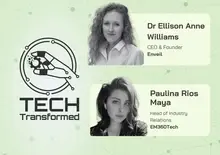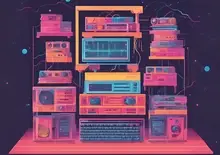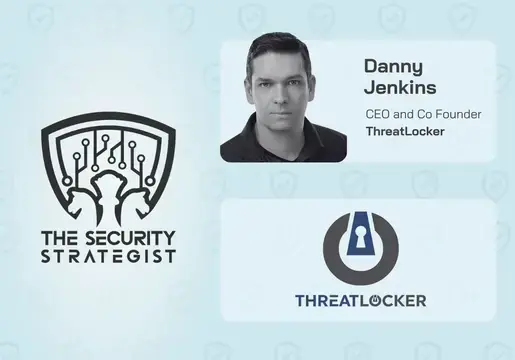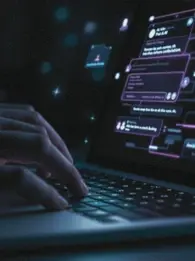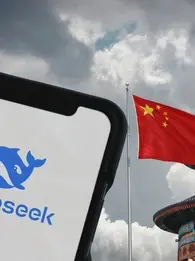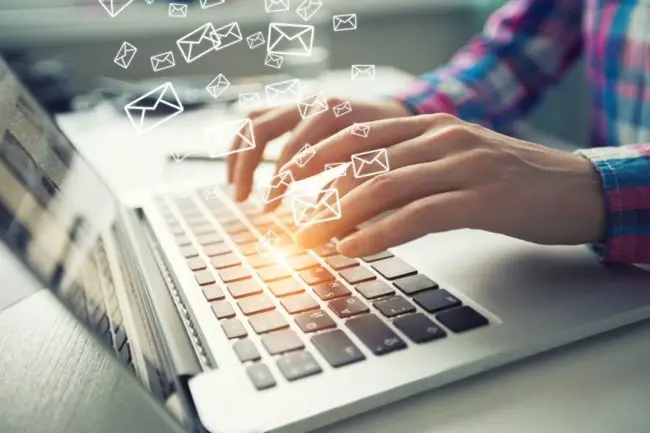
Real time is the present and future of communications. Businesses and consumers alike have become accustomed to the quick to-and-fro of Twitter, WhatsApp, chatbots, Slack, and of course, phone calls. In turn, email communications have become an afterthought, despite enjoying a long run of popularity after its advent. The destiny of email communications is an uncertain one. The way we perceive our inboxes is as a breeding ground for infection, filled to the brim with bogus emails about your 'Failed Netflix Subscription' or $20,000,000 promised to you by a Nigerian prince. With malware making itself a nice home in our inboxes too, it's sometimes preferable to keep inboxes at arm's length. Among the noise are newsletters. You know, the ones you sign up to with genuine enthusiasm, before you stop caring entirely but have already committed to receipt for the rest of your life. Put bluntly, if your inbox was a person, you'd shoot it in the face.
Too much time and thinking
The actual putting together of an email is a bit of a chore. Of course, it's far more text-heavy and time-consuming than instant messaging. We have become conditioned to adhere to an email 'formula', whereby we never stray from the expected layout. Emails typically begin with a greeting, and then a 'I hope you are well'. If you're particularly unlucky, you might get a 'nice to emeet you!' (**). Then, you have the main body of the text, before signing off with 'Best wishes' if you like them, or 'Yours sincerely' or 'Rgds' if you don't. Thus, emails necessitate a lot more thought than quickfire questions and answers. This is on the contrary to instant messaging (IM) speak, where no one will sanction you for typing lyk this or eVeN tHiS. IM speak is forgiving in that people will pass less judgement over misspelled words or lax grammar. In turn, it's a lot more of a relaxing place to be than one's inbox. In the business arena, it's better to get straight to the point. Within the workplace, platforms like Slack make for a much easier to send documents, check in with other employees, and much more. In the realm of customer service, well, customers don't get in touch with companies out of boredom (at least, most don't). They usually have a query or a complaint, and they want it sorted quickly and efficiently. In particular, anything transactional makes people antsy; why wouldn't it? Their money is at stake. In turn, customers opt for instant messaging or communication methods to get their money back, stat. So where does email fit into all of this?
Not all is lost
Today, sheer force of habit makes me constantly refresh my emails for the latest punchy subject line convincing me to buy a dress I don't need. I'm not the only one either; many of us check emails as part of our morning notification check. Spam filters are getting better on a yearly basis, giving our inboxes purpose again. As well as being a method of communication, our emails automatically create an archive for us in which we can find all our important documents. Flight confirmations, dinner reservations, job application responses, concert tickets – emails are the most appropriate way for this style of correspondence. It's also highly convenient to be able to simply search through our phone to pull up a booking. In terms of conducting emails, the fact it necessitates more thought and patience isn't always a bad thing. Email communications tend to well-thought out and are more actionable than an IM thread. It enables a space to be more polite, more detailed, and more contextual. What's more, the asychronous manner by which emails are communicated mean we don't have to worry about responding immediately. This opens up free time to comb through the email received and carefully plan a response accordingly.
So, yes or no? Is it becoming obsolete?
Email is never going to change; it served its purpose as a launchpad for IM and that is all. However, environmental factors change and new uses for email crop up all the time. Today, we have more marketers making the most of automated emails than ever. Not only that, but retailers are increasingly offering eReceipts over their paper counterparts a) to get more insight on their customer via email, and b) because it's more environmentally friendly. So, email is still inherently the same. What has changed is the way we use it. So, you probably wouldn't email your friend to see if they're still meeting you at the pub later, but you might use it to double-check that you did indeed reserve a table there. Thus, it's safe to say that, for the foreseeable future, email is going nowhere.
Enjoy this article? Check out our CxO of the Week, Miku Hirano at Cinnamon!






